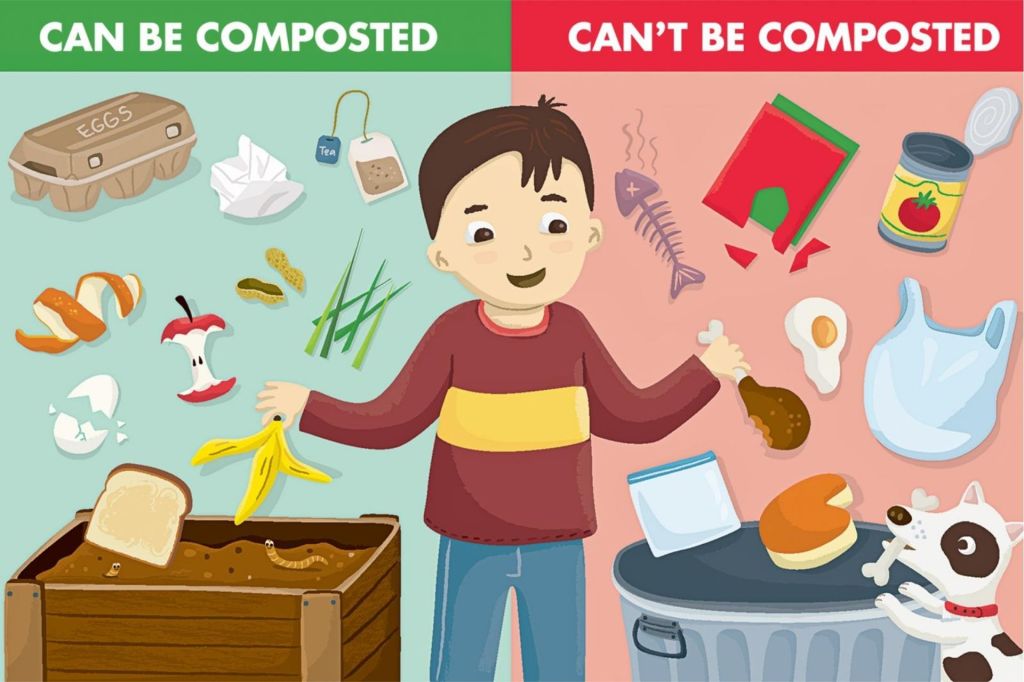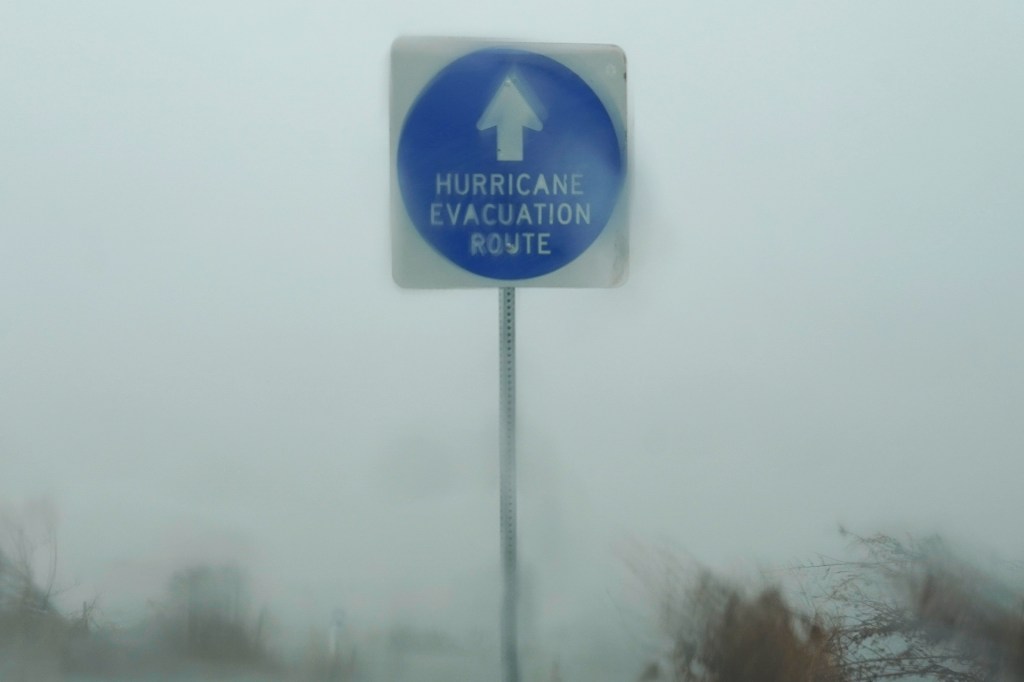Schools Go Solar
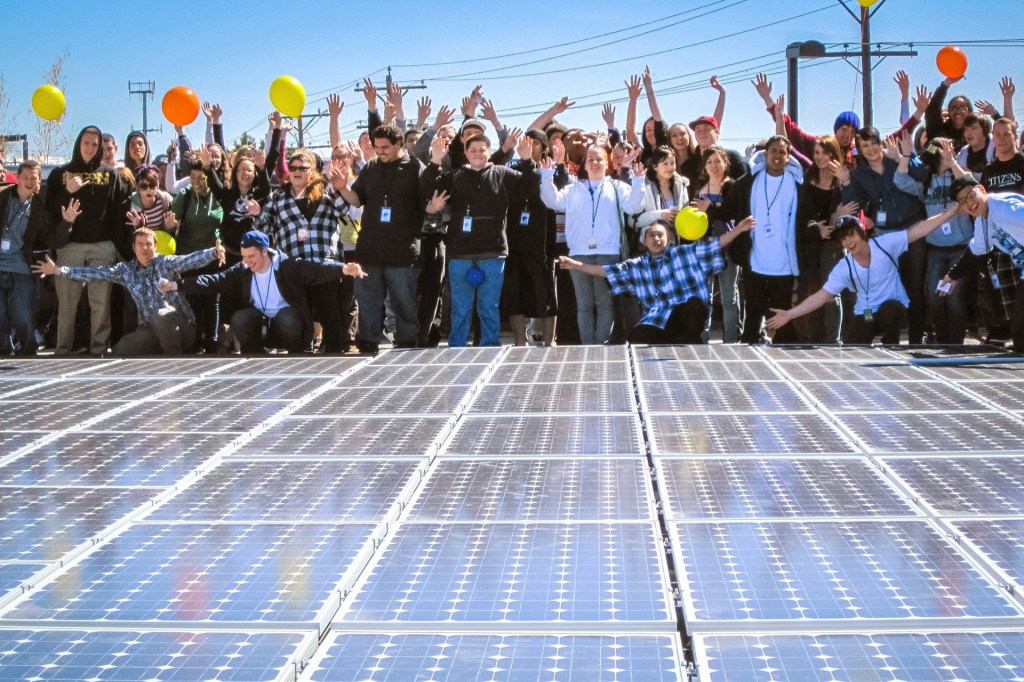
In Sheridan, Indiana, the sun fuels more than just plants. It also powers schools. Schools there have solar panels. The panels soak up the sun’s rays. Then they turn the sunbeams into energy.
The panels “can power all of our buildings,” Doug Miller told TFK. He is the superintendent of Sheridan Community Schools. It is the first school district in Indiana to be fully solar-powered.
Sheridan’s switch to solar energy is part of a trend. In 2008, fewer than 1,000 schools used solar power. But by 2017, there were 5,489 schools with solar panels. These numbers come from the Solar Foundation. Roxie Brown is a program director there. She told TFK that the number of schools with solar panels is still rising.
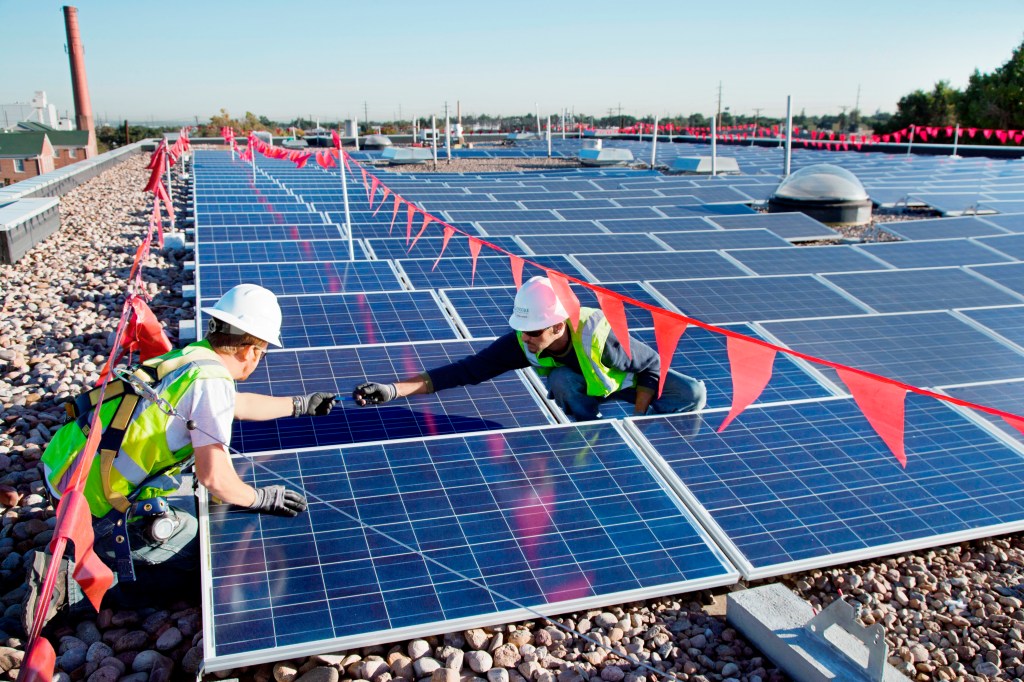
Trabajadores instalan paneles solares en el techo de una escuela primaria en Denver, Colorado.
JIM WEST—ALAMYA Bright Future
Sunlight is a renewable resource. That means it won’t run out. Solar panels don’t hurt the environment. Also, sunlight is free. So solar power can help schools save money.
Brown thinks more schools should run on solar power. “The sun is Earth’s energy source,” she says. “We are trying to make it the energy source for our houses, cars, and schools, too.
” Switching to solar isn’t always easy. Solar panels can be costly. They also take up space. But for many schools, it’s worth it. “We’re doing things to help the world as a whole,” Miller says.
Teachers can use solar panels to teach students about renewable energy. “The kids talk about [solar power] in the classroom,” Miller says. “Then they can go look at it in action.”
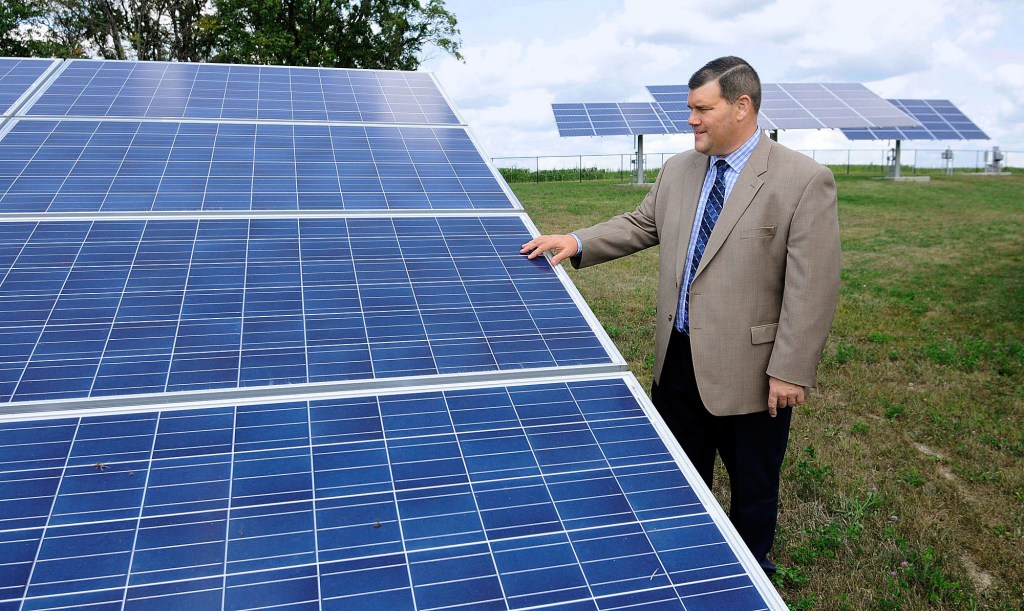
Doug Miller parado al lado de los nuevos paneles solares de la Primaria Sheridan.
DON KNIGHT—THE HERALD-BULLETIN/APPOWERING UP
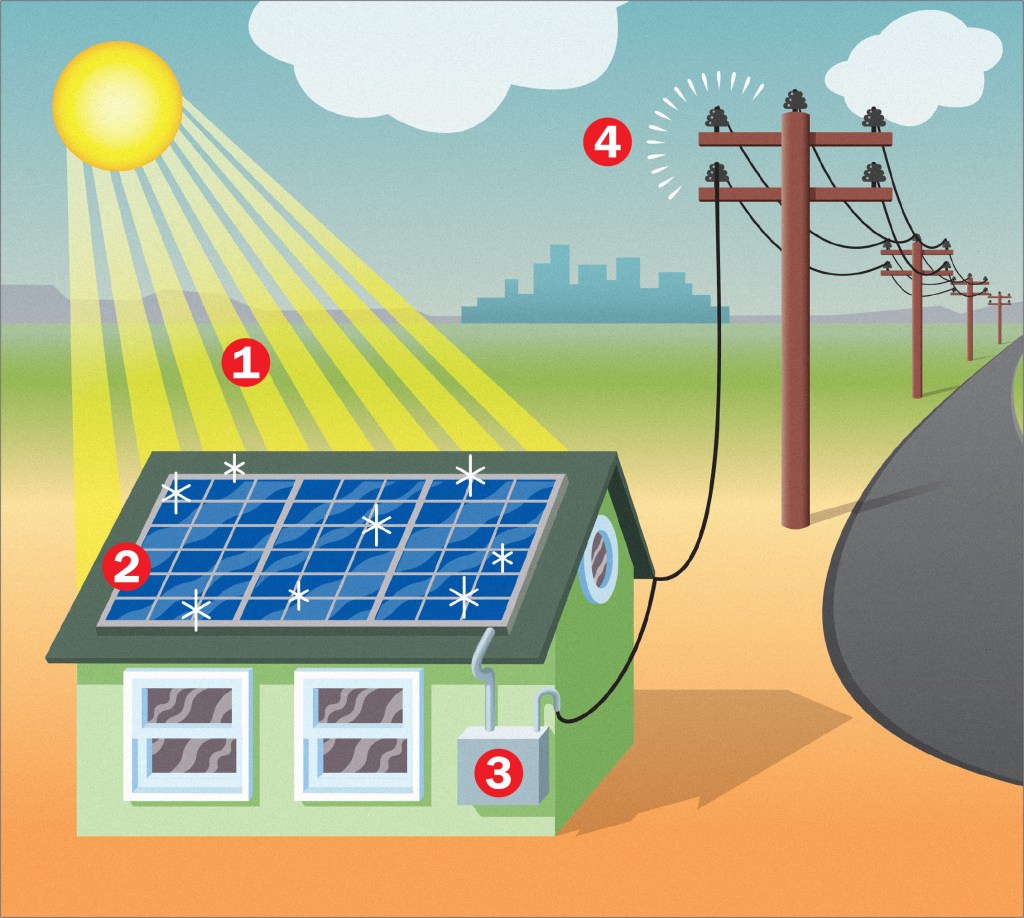
Solar panels harness the sun’s energy. They turn the sun’s rays into power that people can use. Look at this chart to see how solar panels work.
1. Sunlight hits solar panels.
2. There are tiny particles in the panels. They are called electrons. Sunlight makes them move.
3. The movement creates electricity. The electricity is used to power a building.
4. Extra electricity flows into power lines. Others can use it.







